Pocomoke Dwarf Crape Myrtle – 6 Pack Of 1 Gallon Pots
$149.97 Original price was: $149.97.$99.99Current price is: $99.99.
SKU: D2LSC 5411049131 Category: CRAPE MYRTLES
- Buy quality, buy with us.
- Your Security is Our Promise
- Sustainable materials, for a better tomorrow.
- SSL encryption, absolutely safe shopping

Pocomoke Dwarf Crape Myrtle
Lagerstroemia indica x fauriei ‘Pocomoke’
Plant Details
USDA Plant Hardiness Zones: 6a-9b Find Your Zone
Plant Type: Deciduous Flowering Shrub
Height at Maturity: 2-3′
Width at Maturity: 3′
Spacing: 2′ for solid hedges; 5’+ for space between plants
Growth Habit / Form: Bushy, Rounded
Flower Color: Pink
Flower Size: Medium size clusters
Flowering Period: Summer
Flower Type: Single
Fragrant Flowers: No
Foliage Color: Green
Fragrant Foliage: No
Berries: NA
Berry Color: NA
Sun Needs: Full to Mostly Sun
Water Needs: Average, Lower when established
Soil Type: Clay (amended), Loam, Sand (amended), Silt
Soil Moisture / Drainage: Well Drained, Moderately Drained
Soil pH: 5.0 – 7.5 (Acid)
Maintenance / Care: Low
Attracts: Visual Attention
Resistances: Deer, Disease, Drought (when established), Heat, Humidity, Mildew
Description
Of all the dwarf crape myrtles growing in our gardens Pocomoke is the smallest. It grows in a low mound to only 2 to 3 feet tall and 3 feet wide at maturity. Released by the U.S. National Arboretum in 1998, this Fauriei Hybrid cultivar features eye-catching deep rose-pink flowers from mid to late summer on dense, compact mounds of dark green foliage. Pocomoke Dwarf Crape Myrtle is a showstopper plant for your garden!
About Fauriei Hybrid Crape Myrtles
In 1959, Dr. Donald Egolf began a crape myrtle research project at the U.S. National Arboretum to develop crape myrtles that were disease resistant, hardy, true to flower color, and that would repeat bloom.
Germplasm of Lagerstroemia fauriei was collected in Japan by Dr. John Creech and distributed to the U.S. National Arboretum. This material was discovered to be resistant to powdery mildew; a disease known to inflict many varieties of crape myrtle, and to possess a unique, heritable, dark brown trunk color. L. fauriei was incorporated into the research program with great success. Since then, twenty “Fauriei Hybrid” crapemyrtle cultivars have been released!
Landscape & Garden Uses
Growing only 2 to 3 feet tall and wide, Pocomoke is ideal for use as an accent in smaller garden spaces or in groupings or mass plantings in sunny landscape borders and home foundation plantings. Excellent as a solor or combined with other plants in pots, planters and other containers. A fine addition to pink color gardens, perennial gardens, rock gardens and cottage gardens.
Spacing Recommendations: 2 to 2.5 apart for borders or mass plantings, 5 feet or more apart for space between plants.
How To Measure Total Square Feet Of A Planting Area
How Many Plants Needed To Cover A Planting Area?
Note: For our customers who live and garden north of USDA Plant Hardiness Zone 6a, where this Crape Myrtle variety is not reliably winter hardy, you’ll be happy to know it can be grown in containers that can be brought indoors during winter and placed back outside when temperatures warm up in spring.
Growing Preferences
The Pocomoke Dwarf Crape Myrtle grows well most any moist but well-drained soil of average fertility and as much sun as you can provide. No pruning necessary however plants can be lightly seared in late winter for shaping purposes.
Helpful Articles
Click on a link below to find helpful advice from our experts on how plant and care for Crape Myrtles.
How To Plant A Crape Myrtle Shrub Or Tree
How To Fertilize & Water A Crape Myrtle
How To Prune A Dwarf Crape Myrtle Shrub
Choosing The Right Crape Myrtle
Plant Long & Prosper!
Meet The Wilson Brothers & Staff
Questions? Contact Us
Be the first to review “Pocomoke Dwarf Crape Myrtle – 6 Pack Of 1 Gallon Pots” Cancel reply
Related products
Sale!
Sale!
CRAPE MYRTLES
Sale!
CRAPE MYRTLES
Sale!
Sale!
Sale!
CRAPE MYRTLES
Sale!
CRAPE MYRTLES
Sale!
CRAPE MYRTLES

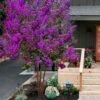

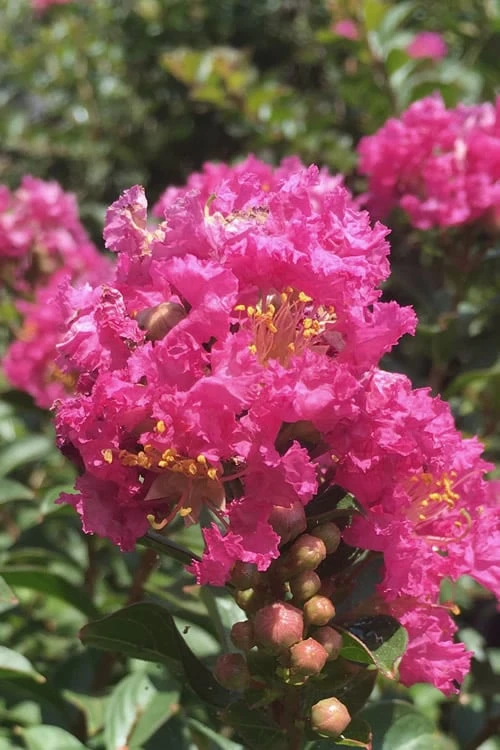

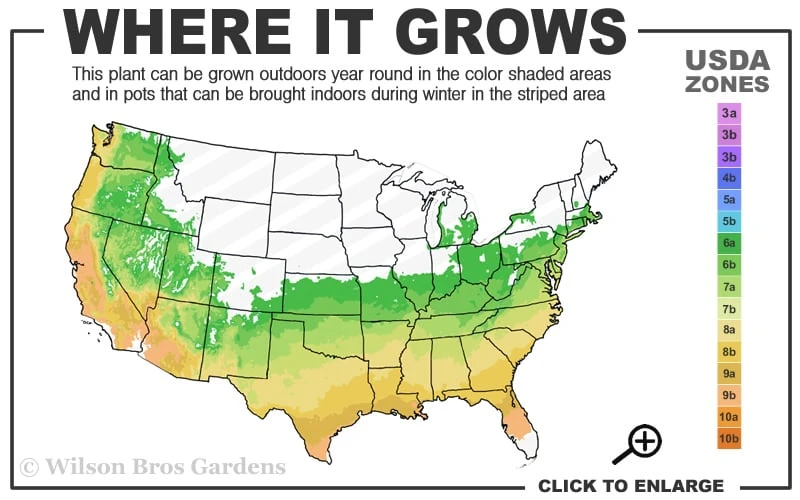
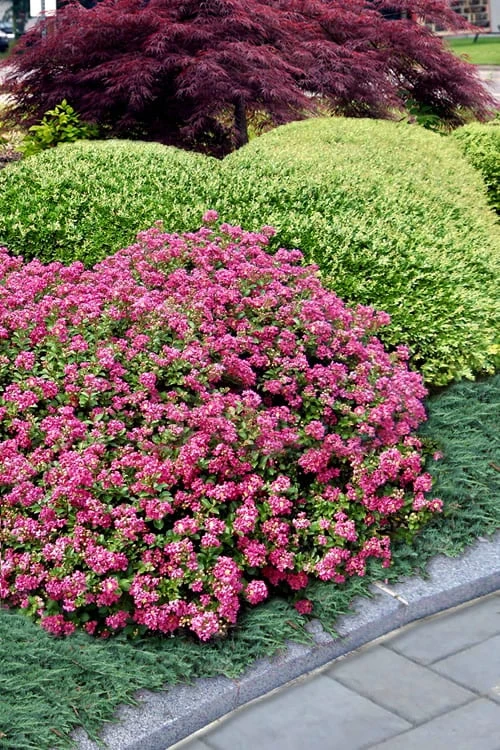

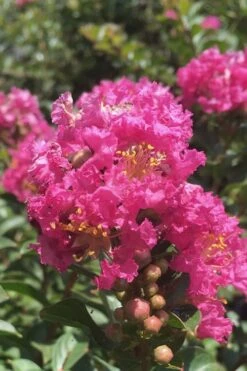


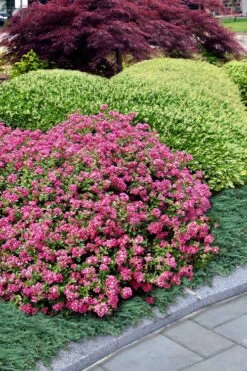

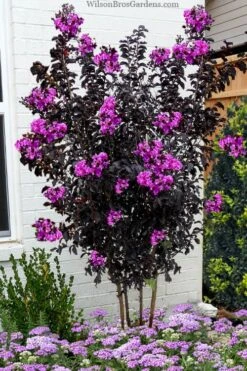
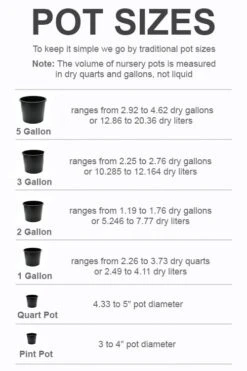
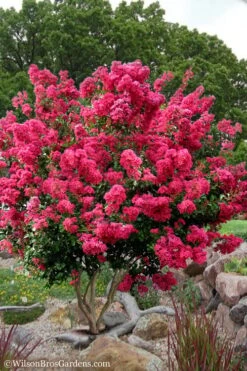
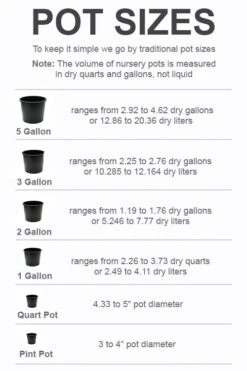



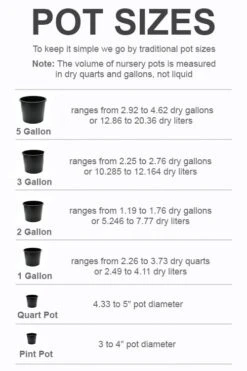
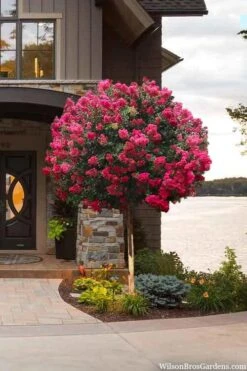
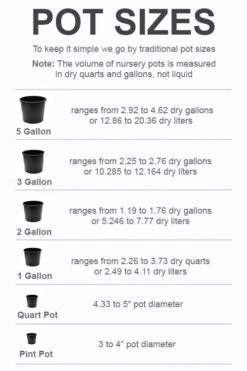

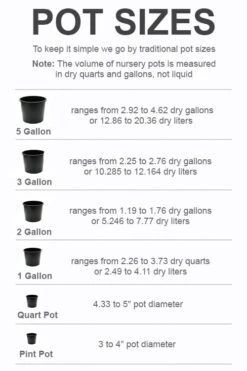

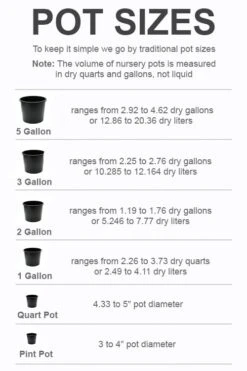
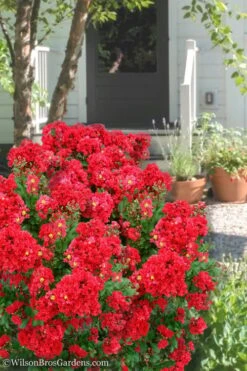

Reviews
There are no reviews yet.